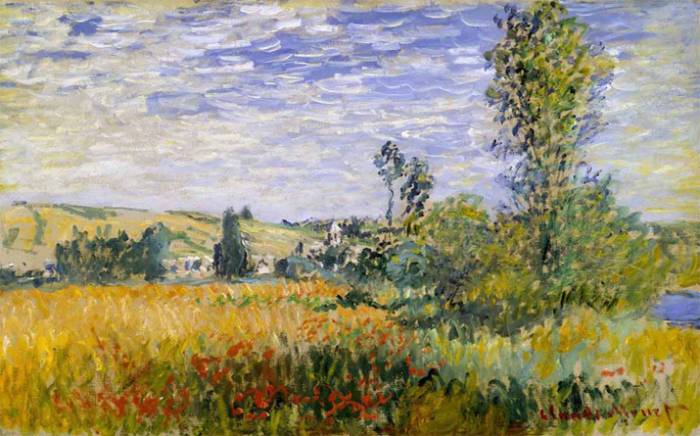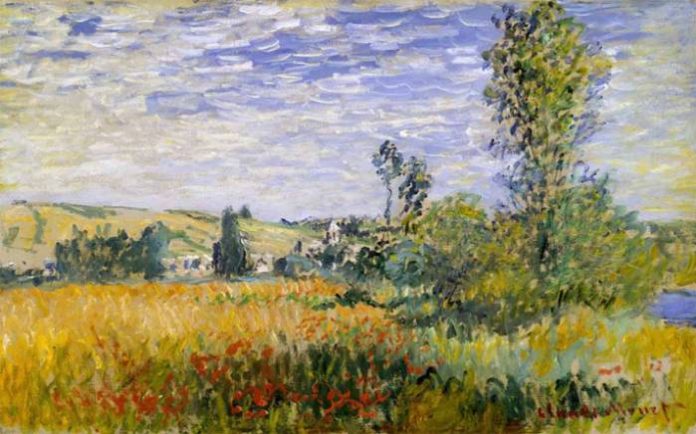The late 19th century heralded a transformative era in the visual arts with the advent of Impressionism. This revolutionary movement broke away from the constraints of traditional art, focusing instead on capturing fleeting moments, the play of light, and the subtleties of color.

At the forefront of this movement was Camille Pissarro, a masterful artist whose work epitomized the essence of Impressionism. Pissarro’s paintings, characterized by their vibrant, loose brushstrokes and a palette rich in luminous colors, sought to capture the transient beauty of the everyday world.
Camille Pissarro’s Visionary Role
Camille Pissarro’s significance in the Impressionist movement extends beyond his impressive body of work. He was a central figure in organizing the pivotal first Impressionist exhibition in 1874, an event that marked a bold departure from the traditional art scene.
His mentorship of younger artists, including Cézanne and Gauguin, played a critical role in shaping the future of Impressionism. Pissarro’s dedication to capturing the natural world, from bustling city streets to tranquil rural landscapes, reflected his deep connection to his surroundings and his pursuit of artistic authenticity.
The Emergence of Pointillism
As the 19th century neared its close, a new movement, Pointillism, began to emerge from the foundations laid by Impressionism. This technique, characterized by the application of small, distinct dots of color, created a vibrant, luminous effect. Pointillism offered a novel perspective on the interaction of light and color, a theme central to Impressionism.
Although Camille Pissarro is primarily known for his Impressionist works, he also experimented with Pointillism, incorporating its techniques into his repertoire. This foray into a new style highlighted Pissarro’s enduring curiosity and his willingness to explore and adapt to new artistic methods.
Pissarro’s Dual Influence
In Camille Pissarro’s artistic journey, his engagement with both Impressionism and Pointillism positioned him as a unique bridge between these two movements. His Pointillist works, though fewer in number, demonstrated his ability to blend the disciplined structure of Pointillism with the more fluid and emotive qualities of Impressionism. This synthesis of styles further cemented Pissarro’s status as a versatile and innovative artist, capable of navigating and contributing to different artistic trends.
Preserving Pissarro’s Artistic Heritage
Today, the art of Camille Pissarro continues to be celebrated and sought after. Art enthusiasts and collectors often seek Camille Pissarro’s painting reproductions to bring a piece of art history into their lives. These reproductions not only serve as a tribute to Pissarro’s artistic genius but also play a crucial role in keeping the spirit of Impressionism and Pointillism alive for contemporary audiences. They allow us to connect with Pissarro’s vision, to see the world through his eyes, and to appreciate the beauty in the transient moments of life.
Conclusion
The legacy of Camille Pissarro in the realms of Impressionism and Pointillism is both profound and enduring. His relentless pursuit of innovation, combined with his deep respect for the natural world, set him apart as an artist ahead of his time. Pissarro’s body of work remains not just a collection of paintings, but a testament to a life devoted to artistic exploration and expression. As we reflect on his contributions, it is clear that Camille Pissarro was more than an artist; he was a visionary who profoundly influenced the course of modern art.







































